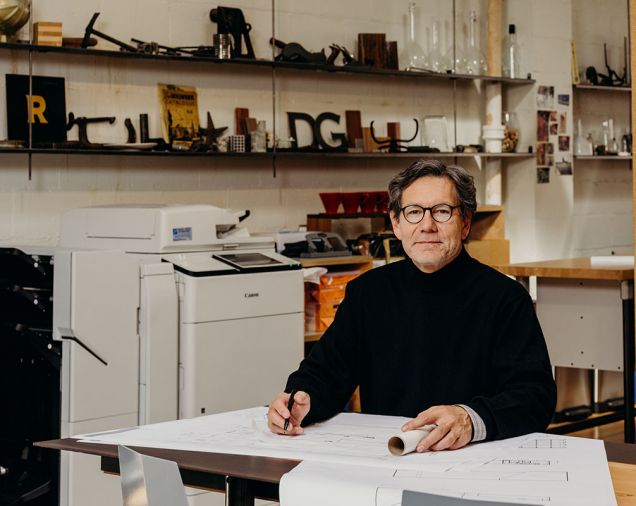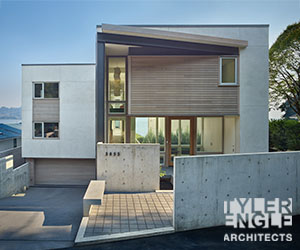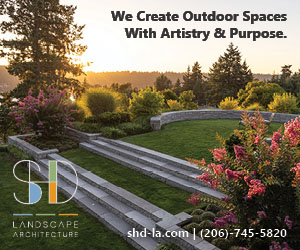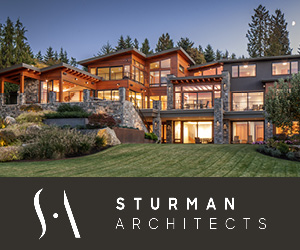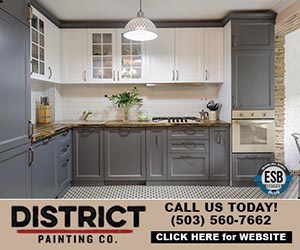Shoptalk | Brett Baba
Q: Did you always know you wanted to be an architect?
BB: Yes, as a young kid, I loved to build and draw and a teacher said, “You should be an architect.” I didn’t know what that meant, it was a new word, but I took that on as my mission and never strayed from it. It turned out to be the best advice. In the 80s, I lived in New England, where I rebuilt a 175-year-old farmhouse. We just don’t have those in the Northwest, so I was seduced by the charm and history of it. That undertaking was way too ambitious. I was in over my head, but it solidified my interest in architecture and how, by quite literally building it myself, I learned and came to understand and appreciate the craft of building.
Q: How do you view the evolution of your work since you first started your practice?
BB: Our work has evolved a lot in 12 short years. In fact, Jim Graham, my business partner, and I just gave a talk on our evolution in which we likened our journey to a tree. We had a few branches in the beginning: single family residential and adaptive reuse. We say the roots are our values: authenticity, craft, collaboration and local relevance. Many new branches have sprouted from the adaptive reuse side, like restaurants, public markets, and urban infill projects. Those have branched further into retail, branding, and larger and larger hospitality work.
Now, we are doing huge public spaces in big buildings and developments for large corporations and developers. Lounges for airlines, dining facilities for universities and ground level food and beverage facilities on corporate campuses and high rises are some examples. Most recently, we have been hired for planning work. The work that was our foundation is still strong, and important to us; adaptive reuse and residential. Residential remains the touchpoint for all of our work, and designing houses is the essence of shelter, which is the wellspring of all architecture.
Q: Did where you grew up or your early life influence your career path?
BB: Yes, I grew up in Yakima, an agricultural city in Eastern Washington, about 2.5 hours East of Seattle. I worked there after college but got a bit frustrated by the lack of interest in good design. In the past six years, however, I have done some projects there that are the best of my work. There’s been a growing recognition in the value of design—about what it brings to our lives—and I’ve had the good fortune to be able to make my own contribution to the architecture of my hometown, which has been a real honor.
Q: Apart from architecture, about what are you passionate about?
BB: Nature. I love doing things outdoors: hiking, skiing, watersports. The Northwest has so much to offer. About 10 years ago, I took up kiteboarding. When I can find free time, I now travel the world to kiting hotspots. What I like about it is that the more you are in tune with nature, the better the experience. It is like a parable for life; we should all find ways to be more in tune with nature. I also love to build things. Both Jim and I are hands-on types and often fabricate parts of our projects.
Q: Best way to spend a long weekend in Seattle?
BB: Building things around my house. Adding quirky details here and there. I like woodworking, welding and shaping metal.
Q: If you weren’t an architect, what would you be?
BB: A fighter pilot.
Q: Favorite travel destination for inspiration?
BB: I am drawn to Asia, specifically Japan. I admire the Japanese attention to detail and craft. Quiet, simple things are celebrated.
Q: What are you looking forward to at your office?
BB: I love seeing our associates who have been with us since we were founded flourishing and developing into great architects. Several have created amazing bodies of work. Our office offers great opportunities for design authorship to those that share our values. These folks will go on to do great things.
Q: Your firm has a significant commercial portfolio that has garnered multiple awards; what are some of your most memorable commercial projects and/or what commercial spaces are currently on the boards?
BB: The office building for Washington Fruit & Produce is the most memorable. It has garnered more design awards and publications than I can remember. It has a great story which people love. The clear and simple directives from the owner that inspired us to a very unusual building were that he wanted the workplace to be an environment protected from the industrial landscape in which it is located and to be warm, quiet and peaceful. It is one of those projects that I have done in my home town that has elevated the bar for design there beyond anything I could have imagined.
In addition, we have some large, planning projects on the boards that will evolve into architectural design and some very large hospitality projects that we can’t discuss.
For more information visit: www.grahambaba.com

